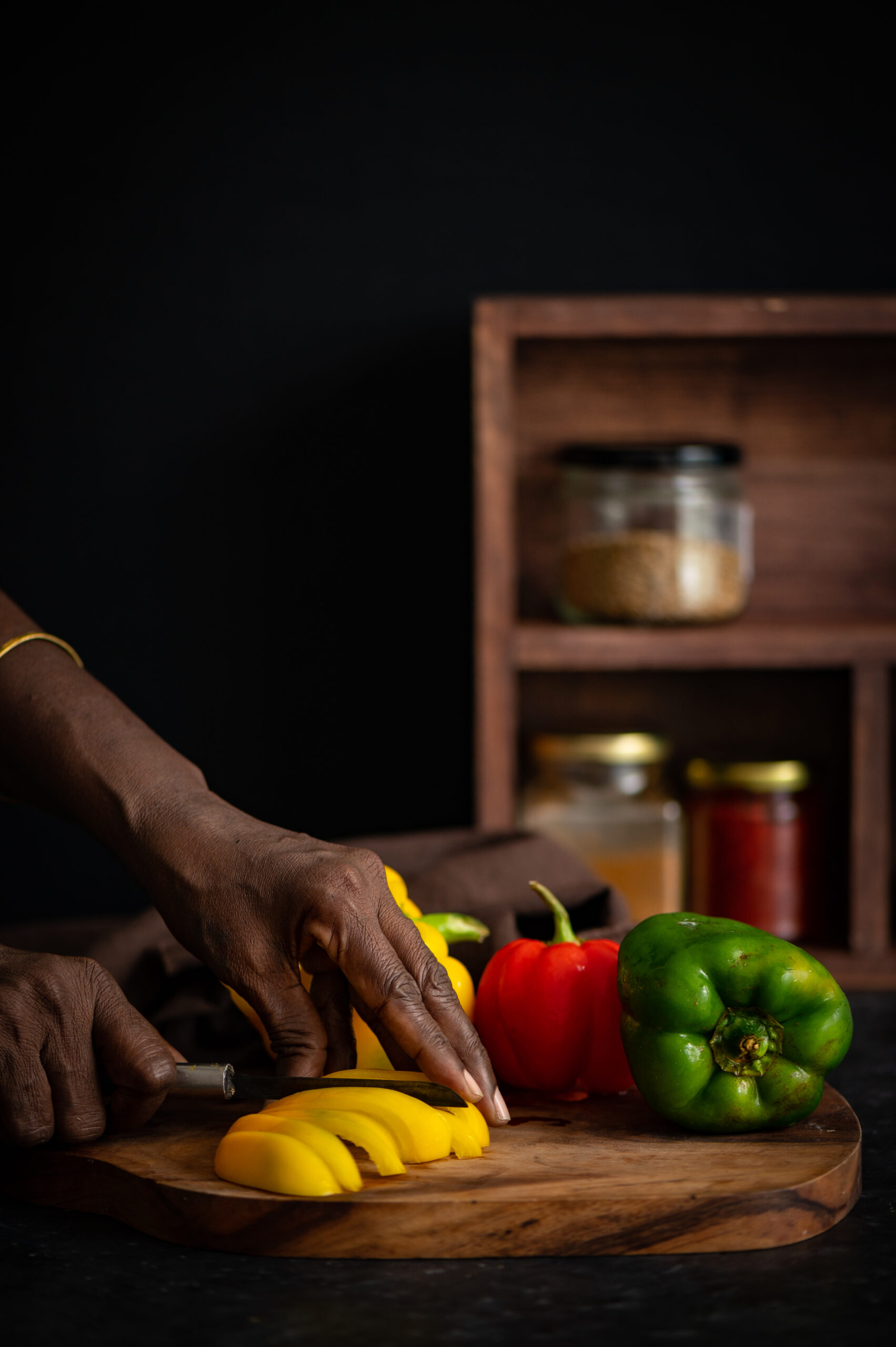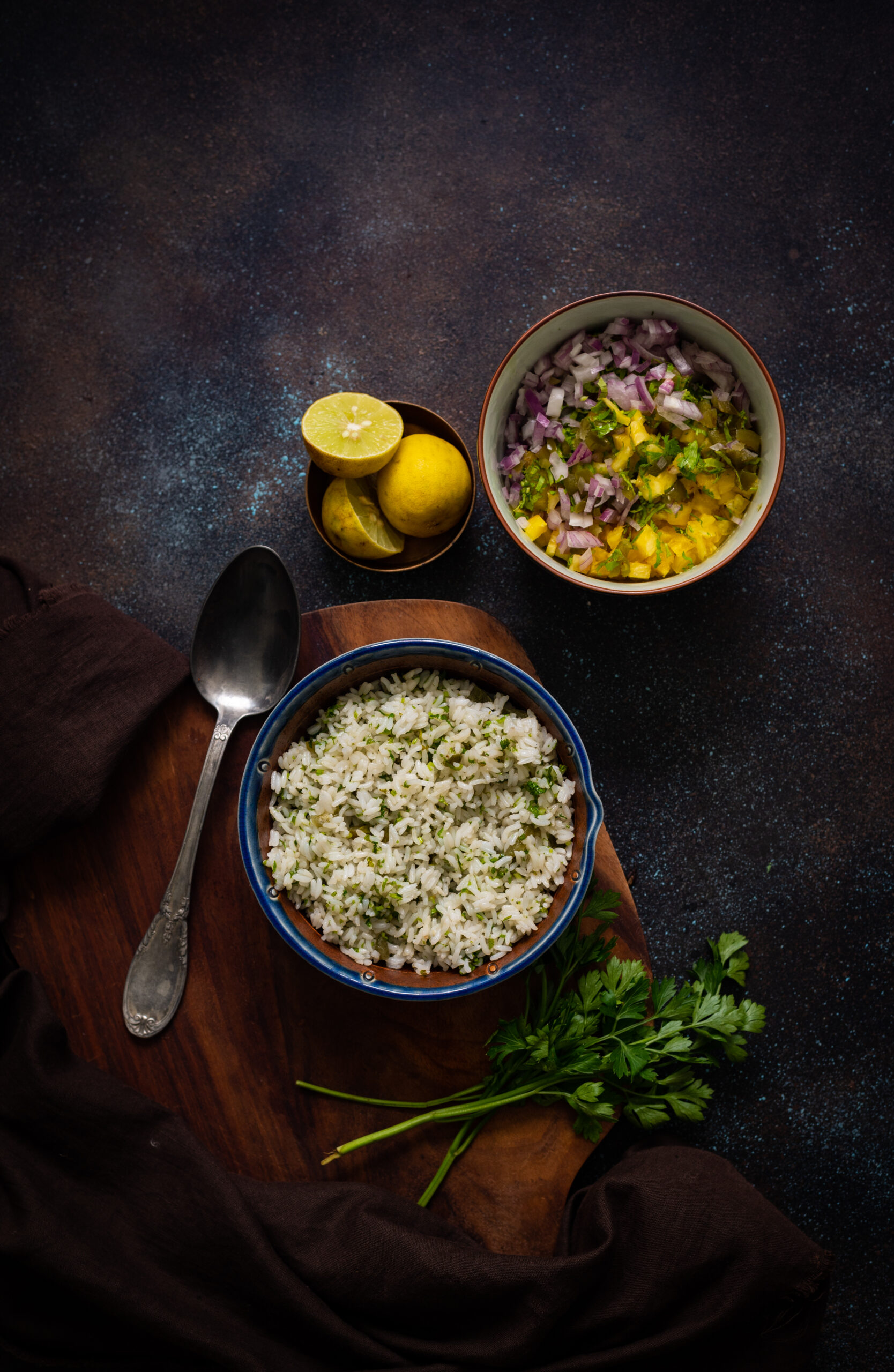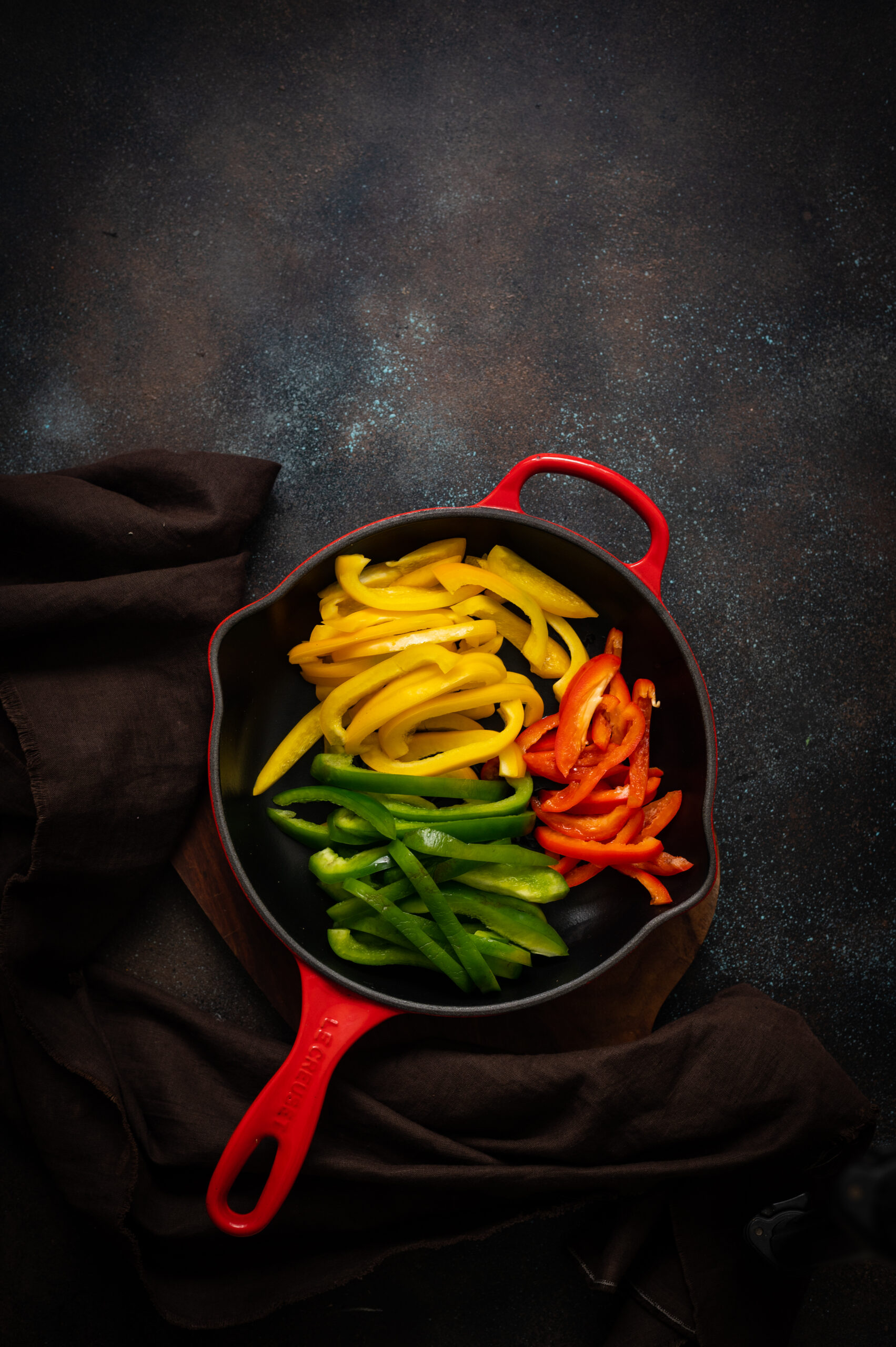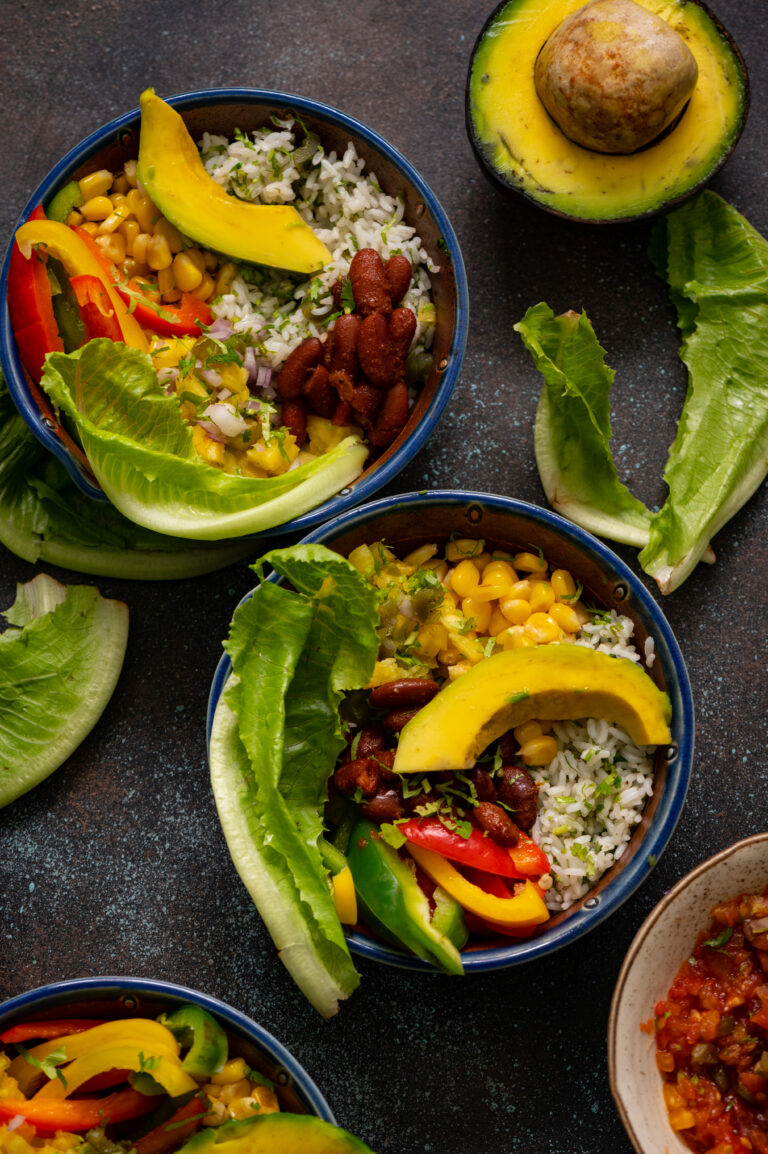As promised, the Buddha bowl series now goes international, after the comfortingly familiar South Indian Buddha bowl. This is a Mexican-influenced Buddha bowl, and I’m making sure that you notice that I emphasise the word influenced. My family enjoys Mexican-style cuisine very much, and I always end up making the more popular dishes, such as tacos, salsa, nachos and even my vegan take on chili, which you may remember from awhile back (this is a vegan recipe too). But over the years, whenever Mexican friends have visited my home, as much as they relish the meals I put together for them, they also tease me by saying that my style is Indian-Mexican, not authentic. I’m proud of this though. To me, fusion cuisine is all about feeling inspired and bringing different worlds together.
I’ve only spent one night in Mexico, en route to Cuba several years ago. That night, my family and I enjoyed dinner at a really nice restaurant, where we ordered a delicacy featuring black ants as a key ingredient. While I didn’t have a bite, my kids found the dish crunchy and tangy and very exciting. What to us was an adventurous dish was just local cuisine in another part of the world. Most of the Mexican food we had tried before was in the USA, and that too must have been one degree removed from authenticity. So to return to today’s Buddha bowl, let’s just say that it has a hint of Mexico, my culinary interpretation.
I often make this Mexican-influenced recipe for lunch, and the current abundance of avocados on the market is all the more reason to do so. These come from Karnataka, where the climate is conducive for their growth. Perhaps it’s because of my Macrobiotics background, but I feel that when all the ingredients in a dish are locally sourced, they tend to go together better. Aside from the fruit, the bowl contains cilantro rice, beans, vegetables and two types of salsa.
I was thinking about the term “Buddha bowl”, and although I know it’s a recently coined term, I believe I can imagine the thought process behind it. Could it be that it was because the Buddha carried a bowl for alms, and as he went from home to home, always received a motley combination of foods, just like the different components of this modern dish?
Carrying a bowl to seek food alms also exists in the Jain community, which many members of my family belong to. My sister, who lives in Mumbai, frequently has saintly women and men come to her home. They carry a bowl, called “patra”, and are supposed to graciously accept whatever is offered to them, although they can request a preferred quantity so that there is no wastage. The alms they receive are called “bhiksha”. Their arrival is considered a blessing, and whatever has been cooked at home that day will be shared with the monks, who are known as “Mahasatiji”. In the Stanakvasi sect of the Jain Shwetambari tradition, there is no idol worship, so the preaching of these monks is sacred and so is their presence. Whenever a Mahasatiji has come by while I’ve visited my sister, I’ve noticed that it feels like a special occasion. There is some protocol involved: the person offering alms needs to have bathed, there is some chanting, and then the Mahasatiji will bless the home before moving on to the next one, where the next person offering alms will look into the bowl and determine what to offer. If my sister had offered roti, for example, they will ensure they offer something that goes with it.
The Mahasatijis also ask for a teaspoon of chickpea flour, which they use to dry wash their patras. They won’t even waste this, as they will let this dry and eat it as well. They do not use soap due to the chemicals, and refrain from electricity too, so they take the stairs up six floors to my sister’s house. The tradition has many principles based on nature and doing no harm.
The patras themselves are made of natural wood, with lacquer, and I have seen them being sold as antiques as well. Perhaps I noticed this because I am always looking for interesting crockery and props for my photoshoots. What kind of vessels do you serve your Buddha bowls in? I’d love to know, as you try out more of this series.

Mexican-Influenced Buddha Bowl
(Serves 2)
Beans
½ cup beans (soaked overnight)
2 tablespoons tomato purée (find my recipe here)
Salt to taste
1 tablespoon olive oil
1 tablespoon chipotle cooking paste
Tomato salsa
2 tomatoes
Salt to taste
3 slices jalapeño
1 tablespoon cilantro
1 tablespoon finely chopped onion
1 tablespoon olive oil
Pineapple salsa
2 cups finely chopped pineapple
2 tablespoons finely cut jalapeño
2 tablespoons cilantro
2 tablespoons finely cut onion
Salt to taste
Spicy red sauce
Cilantro Rice
1½ cups cooked rice
1 tablespoon oil
¼ cup finely cut cilantro
½ lemon
2 slices jalapeños
Salt to taste
Vegetables
2 cups sliced bell peppers
1 cup whole corn
1 teaspoon oil
Salt to taste
Pinch pepper
Topping
1 avocado
Salt to taste
Olive oil to drizzle
A squeeze of lemon

Prepare each component, and keep them separate until you are ready to assemble and serve the bowl. Here is the method for the beans. First, pressure cook the beans in water. In a pan, add the oil. Now, add the purée, chipotle paste and salt. I used my fabulous all-purpose tomato puree, which you will surely find convenient to have on hand for many recipes too. Stir. Finally, add the beans. In order to make it in a slightly more gravy style, I added some of the water that I had kept aside.
Next, here are the methods for the two salsas. For the tomato salsa, begin by roasting the tomatoes directly in a low flame until the skins are charred. Peel the charred skins and chop finely. Combine all the ingredients together in a bowl. Mix well and refrigerate until use. For the pineapple salsa, simply combine all the ingredients in a bowl and mix well. Refrigerate until use as well.

Now, onto the cilantro rice. In a pan, sauté the rice in oil. Add all the other ingredients and stir on high until it all comes together. You can replace the rice with any grain of your choice.

The vegetables should be sautéed in oil on a pan, and seasoned with salt and pepper as you stir.
Assemble the different components in two medium-sized bowls and add the toppings. Make sure you slice the avocado just before serving, or it will lose colour. Remember what I said in the previous Buddha bowl post about the aesthetics of this serving style and feasting with the eyes first. This dish is best enjoyed warm. You may wish to sprinkle some crushed nacho chips on top for texture too, and I think my kids wouldn’t mind some authentic, crunchy black ants either, if we could find that recipe! As you can see, I’ve also added a bit of green salad on top, as I do love my veggies.
I mentioned earlier that there are avocados galore on the market now, so be sure to come back for the next post, where they will be a starring ingredient…


